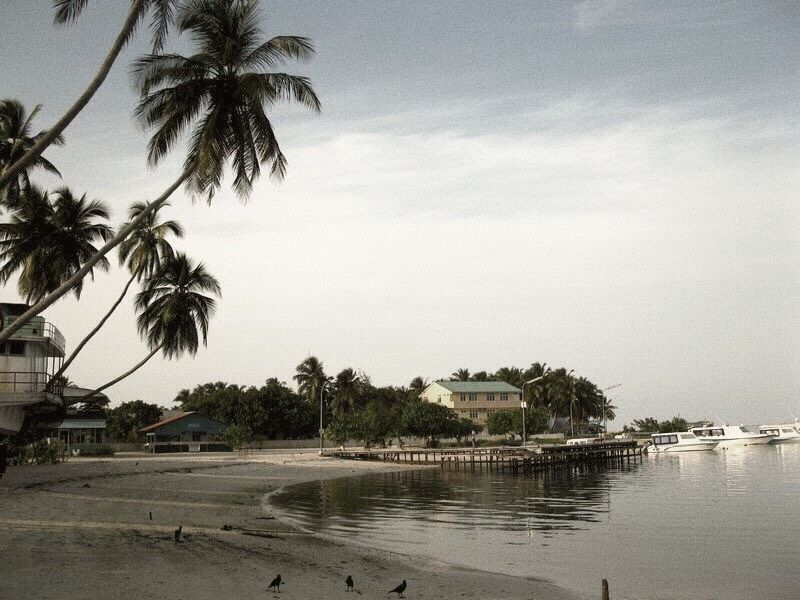Critical condition: Are airports the cure-all to island development?
The proposed construction of an airport in Kulhudhuffushi has caused controversy, but some locals welcome it because they see it as much needed development.

14 Dec 2017, 9:00 AM
Ali Sobah* was 13 when a concrete block fell on his leg and his thigh bone snapped in half.
Kulhudhuffushi’s only hospital was unable to treat his injuries and said he would have to go to the capital. His two brothers, the only breadwinners in a family of nine, scrambled for the funds needed for the trip by asking everyone they knew for help. But they had to wait until the following day to take him to the nearest airport, Hanimadhoo, which was 20 minutes away by boat.
“The bones were sliding off and sticking into the flesh,” Sobah’s brother Mohamed tells the Maldives Independent.
“The hospital had straightened the bones and wrapped around some kind of bandage but it wasn’t keeping it in place, so someone had to be holding his thighs. Every time the boat shuddered, the bones would stick into his flesh and he would cry out in agony,” he said, remembering the choppy sailing conditions.
Become a member
Get full access to our archive and personalise your experience.
Already a member?
Discussion
No comments yet. Be the first to share your thoughts!
No comments yet. Be the first to join the conversation!
Join the Conversation
Sign in to share your thoughts under an alias and take part in the discussion. Independent journalism thrives on open, respectful debate — your voice matters.




